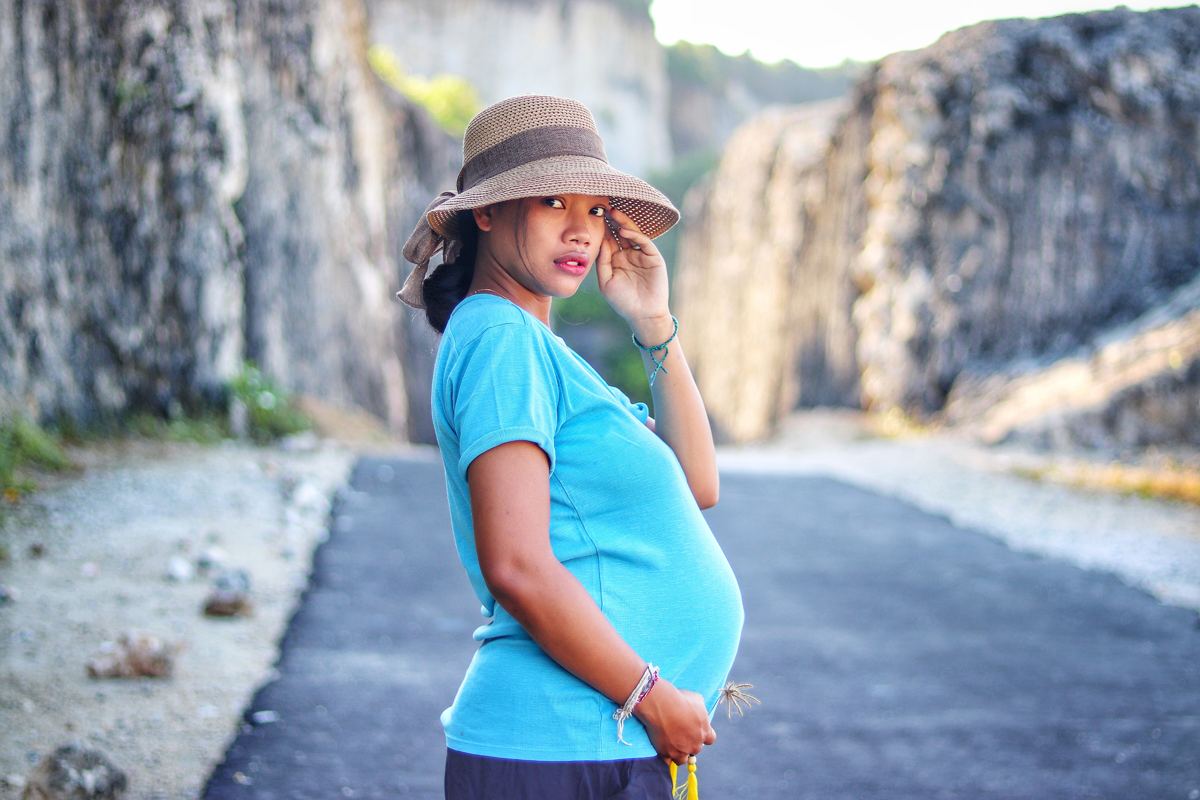 Red Yeast Rice is a very popular supplement that is used to treat individuals who suffer from high cholesterol. It has been proven to be very effective at reducing cholesterol; however there is controversy related to its use.
Red Yeast Rice is a very popular supplement that is used to treat individuals who suffer from high cholesterol. It has been proven to be very effective at reducing cholesterol; however there is controversy related to its use.
Many people who are considering using this product often want to know what are the complications that are associated with using this product. Red yeast rice contains lovastatin, which belongs to the drug class of statins that is known to reduce high cholesterol. The lovastatin found in red yeast rice occurs naturally as a result of the fermenting process that is done to give the rice its red color.
Because red yeast rice is a statin, there are some complications that could occur with its use. Listed below are some of the possible complications.
- It has been indicated that red yeast rice can cause liver enzymes to increase. When this occurs, this is a possible sign that there is liver damage. It is important for people who have liver disease to not take the supplement.
- A lot of people who take this supplement are unaware that it contains a statin. As a result, the same side effects and toxicities of statin medications will occur in using this product. Individuals who have had problems in taking statins in the past should avoid red yeast rice
- A serious complication that can occur is taking red yeast rice with other cholesterol lowering medications. This can increase the effects that the medications cause and as a result of this, there can be an increase in serious side effects such as liver damage occurring.
- It is not wise to take red yeast rice with other medications such as herbal supplements, prescription medicines, non-prescription medicines and vitamins. Adverse reactions could occur and it is important to consult with a doctor before doing so.
- Taking red yeast rice can has the ability to possibly cause serious kidney damage. This occurs due to the fact that the supplement might cause rhabdomyolysis, which is the quick breakdown of muscles.
- Women who are pregnant or breastfeeding should not take the red yeast rice supplement. The product falls into Category X and there is evidence to suggest that it can cause birth defects or problems with the pregnancy. The same is said about breastfeeding, as there is a possibility of substances associated with the supplement being passed to the baby. These substances could be potentially harmful.



 Some people have started taking red yeast rice supplements to help control their high cholesterol levels. There is success with taking these supplements, however some people have specific questions related to the extract. They often want to know how long they should take the red yeast rice extract.
Some people have started taking red yeast rice supplements to help control their high cholesterol levels. There is success with taking these supplements, however some people have specific questions related to the extract. They often want to know how long they should take the red yeast rice extract.